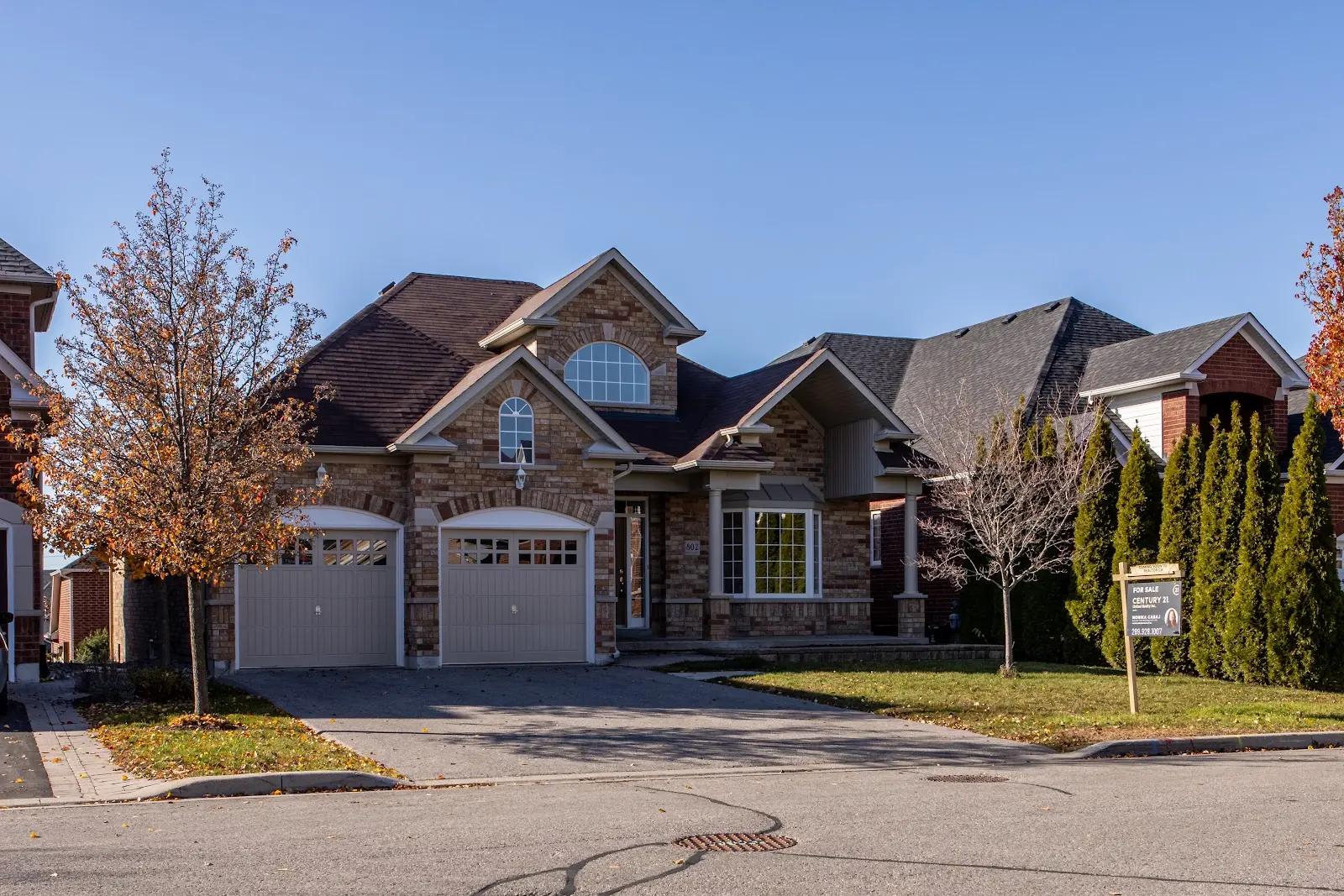According to Freddie Mac, in December 2020, the average mortgage rate for a 30-year Fixed Rate Mortgage (FRM) in the United States hit an all-time low, dipping to 2.68%. These record-setting low mortgage rates, combined with other factors such as pandemic-prompted migration and heavy influence by investment firms, caused housing prices to skyrocket. According to the Federal Reserve Bank of St. Louis, the average price for a home sold in the United States has increased by over 35% from April 2020 to January 2022.
Now, with mortgage rates sitting at 5.79% as of July 2022, many people are wondering how these higher rates will affect the housing market and real estate industry as a whole.
Why Did Mortgage Rates Increase?
At the start of 2022, the average mortgage rate for a 30-year FRM hovered around 3.11%; however, after the biggest quarterly climb in almost 30 years, mortgage rates increased to over 5% in April and are expected to continue climbing. Another 30-year record that happened within the same time was an over 20% year-over-year increase in housing prices. This increase in price attracted the attention of investment firms, which accounted for nearly 30% of all homes sold within the first quarter of 2022.
Because of this sudden spike in the cost of housing, both in buying and renting—along with an overall increase in cost of living—the Federal Reserve has raised its benchmark interest rate on three separate occasions this year. The latest increase took place in June at which time the Fed raised its key rate by three-quarters of a point, the biggest single increase in 30 years. While this didn’t directly increase mortgage rates, the effect of raising the benchmark interest rate reverberated across the housing market.
Should You Expect The Price of Homes to Decline?
Though it's hard to predict the future with 100% accuracy, experts are seeing evidence that as mortgage rates have increased, the demand for housing has decreased. According to The Redfin Homebuyer Demand Index, home tours, offers and other requests for agents’ help had their largest annual decline in over two years. During May, Redfin saw demand for its services drop by 17%, which resulted in the company not having enough work for its agents and support staff.
A recent survey of homebuyers released by Fannie May showed that almost 80% of home buyers believe it is not a good time to buy. This is despite the fact that many home sellers have begun to drop their prices. As mortgage rates continue to increase, more homeowners will decide to stay put to avoid getting mortgage rates on a new home that are significantly higher than their current rate.
Mortgage rates alone aren’t to blame for the decline in demand. With an increased cost of living, a median-priced home with a monthly mortgage, property tax, and insurance payment of $347,000 cost $700 more in April of this year than it did in 2021. Harvard’s Joint Center For Housing Studies estimates that the annual income needed to qualify for such a home would need to be $28,000 higher today than it was a year ago.
Despite this, experts agree that the evolution from an overheated real estate market toward a more sustainable one will take time, but eventually, we should see a healthier real estate environment.
Stay Ahead Of The Market with Land id®
With the market for buying and selling properties getting a lot trickier to navigate, the tools and methods you use could be the difference between closing a successful transaction or not. Whether you want to learn more about a parcel you’re interested in buying or your marketing a property to prospective buyers, Land id's (formerly MapRight) GIS software is perfect for real estate professionals looking to get an edge. To start building your own maps, sign up for our 7-day free trial today!
FAQs

Continue Reading





